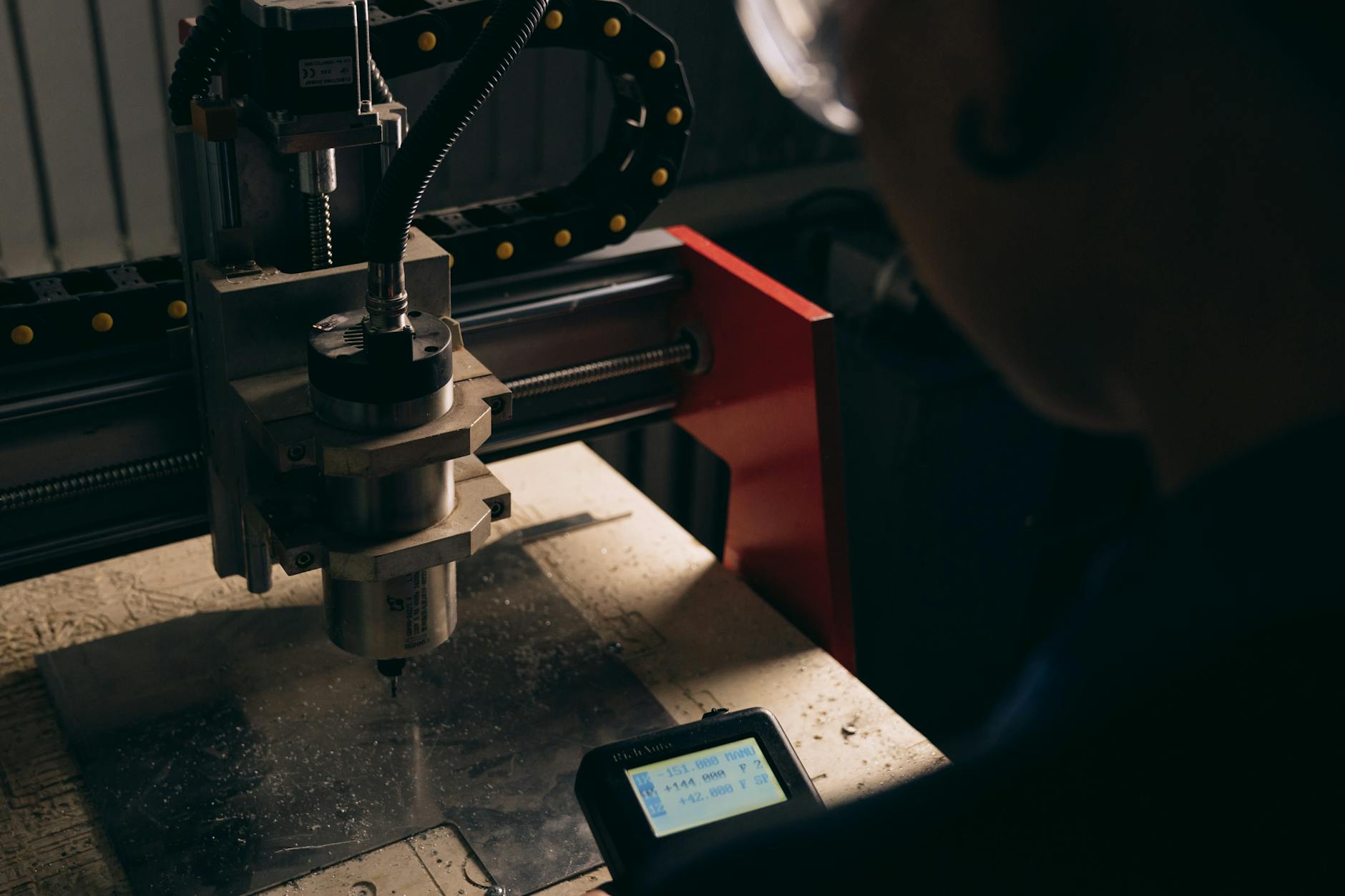Prototypex
Unleashing Innovation: CNC Programming and Prototyping Secrets
The world of CNC machining is a dynamic and everevolving landscape that thrives on innovation and ingenuity. By embracing the secrets of CNC programming and prototyping, machinists can unlock a world of possibilities and push the boundaries of what is achievable. Whether working on a precision project or exploring new fabrication techniques, the journey of a machinist is one filled with excitement and discovery. As we delve deeper into the realm of CNC machining, it becomes clear that success hinges on a combination of technical expertise, creative vision, and relentless dedication. By harnessing the power of precision machining and leveraging advanced tooling and techniques, machinists can breathe life into even the most complex designs. Each prototype serves as a testament to their skill and craftsmanship, showcasing the endless possibilities that CNC machining has to offer. In conclusion, the world of CNC programming and prototyping is a captivating blend of art and science, where innovation knows no bounds. By embracing the secrets of CNC machining and pushing the limits of what is possible, machinists can revolutionize industries and shape the future of manufacturing. So, dare to dream big, unleash your creativity, and embark on a journey of discovery through the exciting world of CNC programming and prototyping.

Frequently Asked Questions
1. What are the key benefits of CNC machining for prototyping?
3. What role does workholding play in CNC machining?
4. How important is inspection in the CNC machining workflow?
5. How can machinists stay at the forefront of CNC machining innovation?